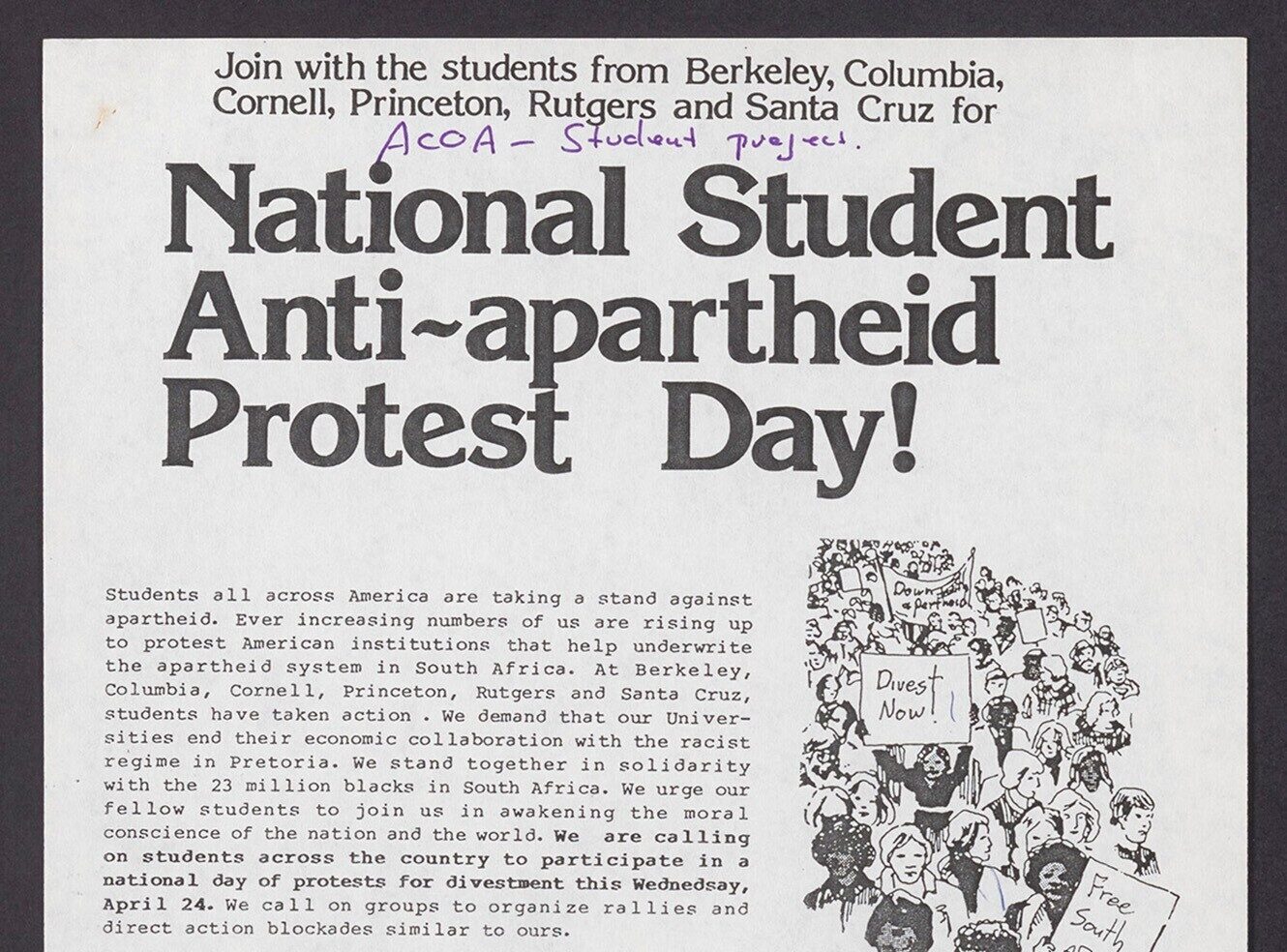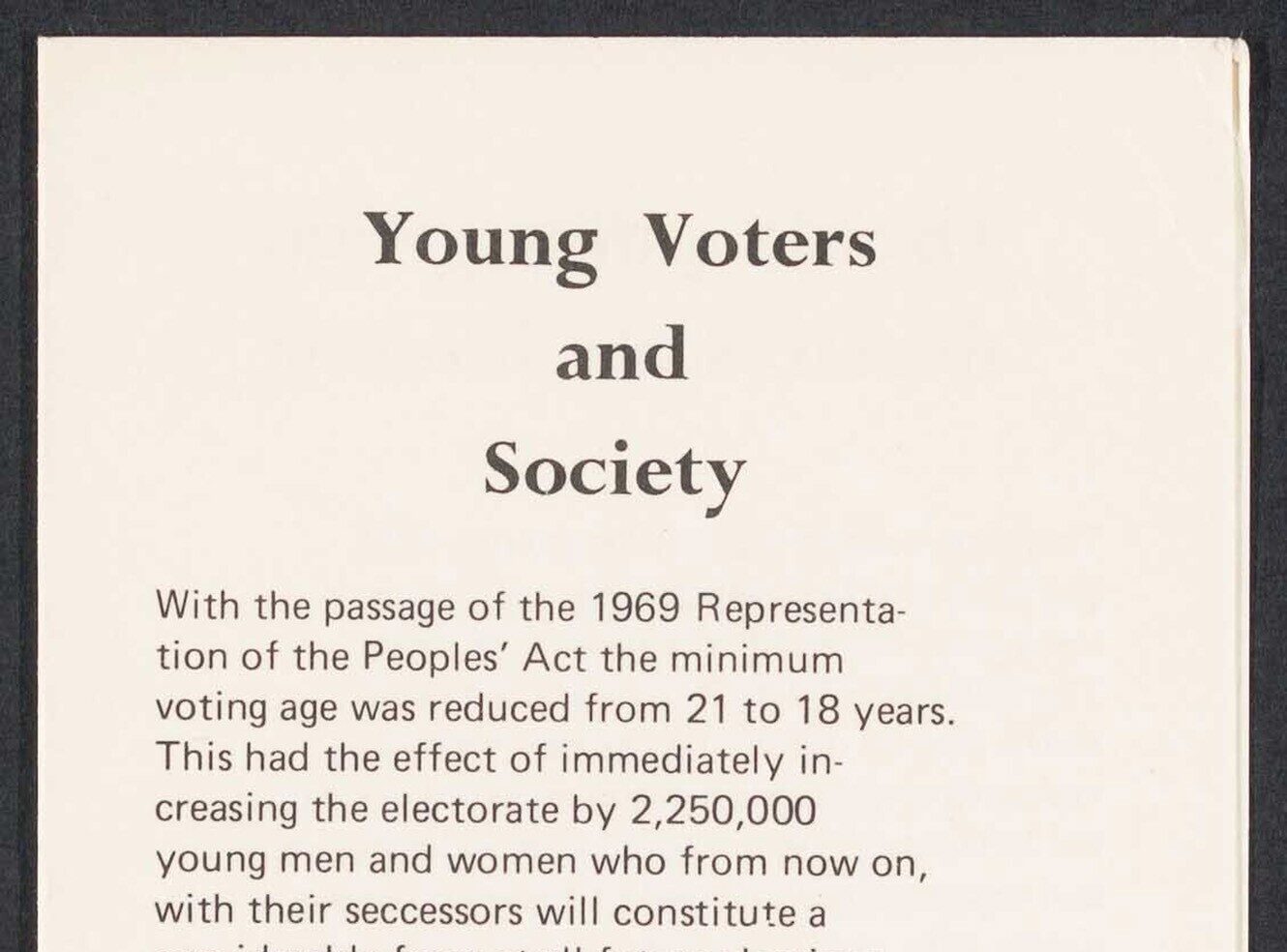Going digital with AM Quartex: the importance of image quality in a digital platform
In preparation for migration to AM Quartex, Theresa Hessey, Digital Collections Librarian, Digital Initiatives and Preservation Department at the University of Delaware Library, reassesses practices related to the quality of images that are created and displayed digitally. Learn more in part two of this guest blog series.
The University of Delaware Library, Museums and Press began its digitisation program over 20 years ago and since that time, many technological advancements have impacted our workflows and the quality and format of images presented. As our collections continue to grow, we must assess our storage space and digital preservation workflows as well.

GRA0124, Gordon A. Pfeiffer nineteenth-century Delaware trade card collection, Special Collections, University of Delaware Library, Museums and Press, Newark, Delaware.
In past platforms, we have presented our images in a full resolution TIFF format. The presentation quality of platforms has improved vastly over time and implementing Quartex provides us with an opportunity to rethink the size and format of our display images. After considerations of multiple sizes and formats, our implementation has determined that conversion to jpegs with a quality setting of 80 out of 100 gives us the benefits of jpeg compression with a lower risk of artifacting. This conversion allows us to maintain the original resolution of the images, which also enhances image quality. An added benefit of converting the tiffs to jpegs is the savings of a considerable amount of storage space without sacrificing the quality of images presented to users.
Due to a lack of functionality in previous platforms, historically, we’ve presented some of our collections as combined images. For instance, a postcard would be displayed with both front and back sides combined into a single image for presentation in a digital collection. This issue impacts several of our largest collections.

GRA0138, Delaware postcard collection, Special Collections, University of Delaware Library, Museums and Press, Newark, Delaware.
The compound object functionality in Quartex will allow us to not only present multiple images per metadata record but will also allow us to include additional descriptive metadata. This feature will also be an advantage when presenting multi-dimensional objects in our Museums collections.

GRA0138, Delaware postcard collection, Special Collections, University of Delaware Library, Museums and Press, Newark, Delaware.
Due to time constraints, we are prioritising file conversion prior to implementation and will address the issue of combined image on a collection by collection basis throughout our migration.
Thumbnail image - GRA0124, Gordon A. Pfeiffer nineteenth-century Delaware trade card collection, Special Collections, University of Delaware Library, Museums and Press, Newark, Delaware.
Read part three:
Enhancing discoverability and preservation of University of Delaware Museums collections
Recent posts

The blog highlights American Committee on Africa, module II's rich documentation of anti-apartheid activism, focusing on the National Peace Accord, global solidarity, and student-led divestment campaigns. It explores the pivotal role of universities, protests, and public education in pressuring institutions to divest from apartheid, shaping global attitudes toward social justice and reform.

This blog examines how primary sources can be used to trace the impact of young voices on society, particularly during pivotal voting reforms in the UK and the US. Explore materials that reveal insights into youth activism, intergenerational gaps, and societal perceptions, highlighting their interdisciplinary value for studying youth culture, activism, and girlhood across history.
